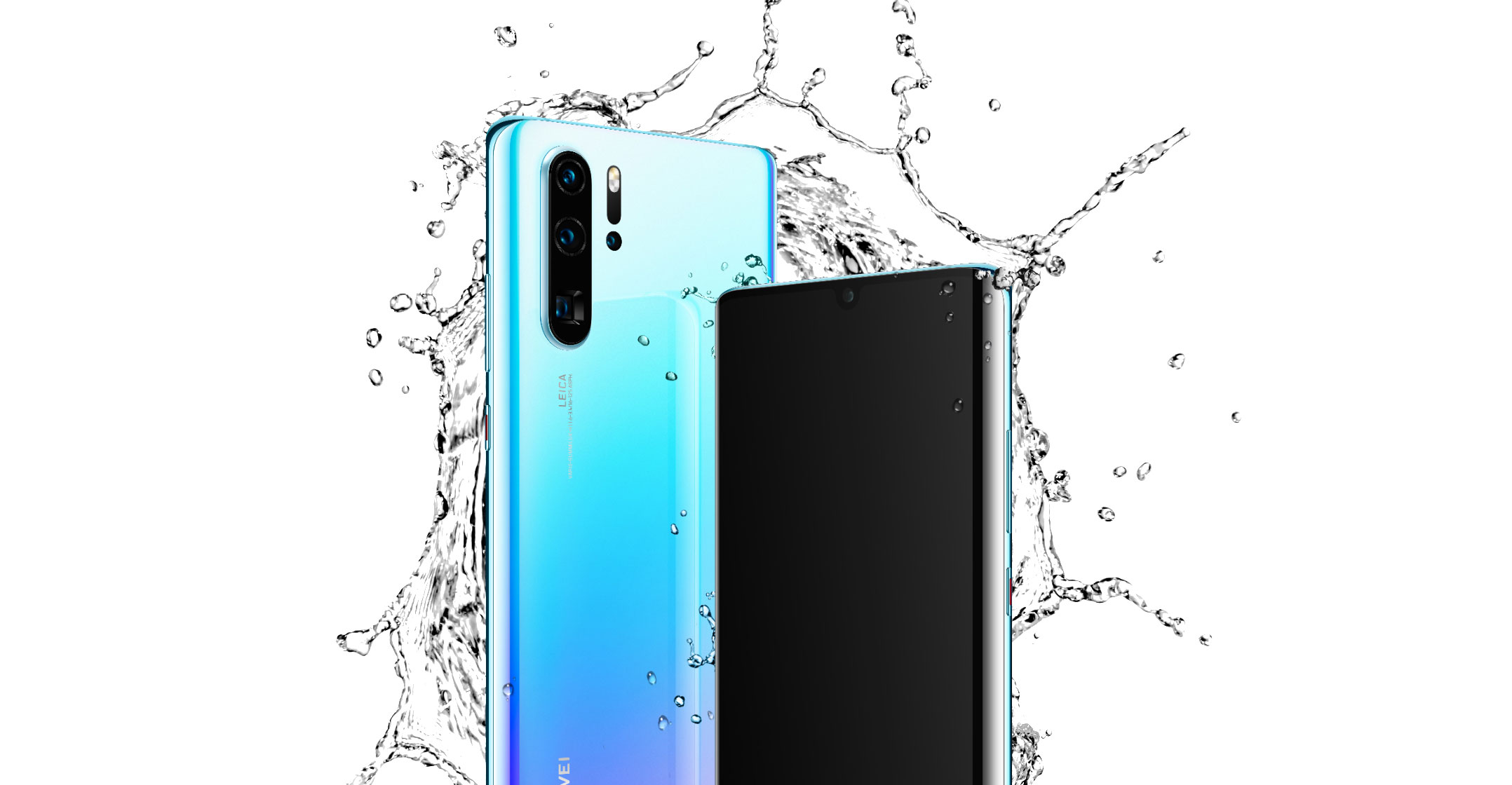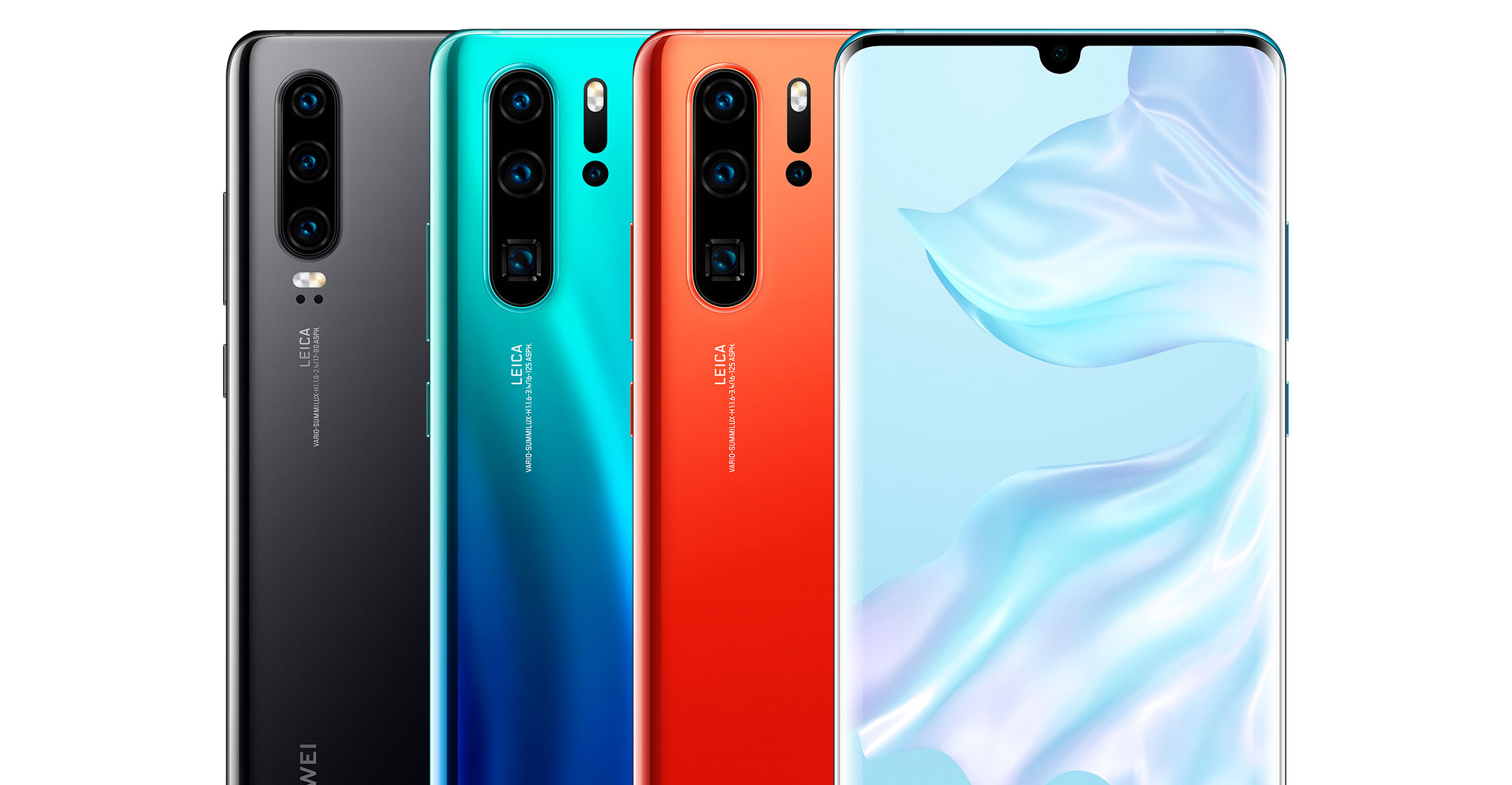 Huawei took things up a notch (har, har) in 2018 with the P20 Pro and Mate 20 Pro models. It introduced sleek new designs with outstanding cameras and an impressive battery life. The payoff was that it shipped in excess of 200 million units globally, including the Honor brand; and while its market share is steadily on the rise, rival Samsung is on a decline.
Huawei took things up a notch (har, har) in 2018 with the P20 Pro and Mate 20 Pro models. It introduced sleek new designs with outstanding cameras and an impressive battery life. The payoff was that it shipped in excess of 200 million units globally, including the Honor brand; and while its market share is steadily on the rise, rival Samsung is on a decline.
Can it continue the same trend in 2019? The Chinese manufacturer has once again raised the bar with its newest flagship, the P30 Pro. TechCentral has been testing the premium device for just over two weeks now. It boasts a new quad-camera setup, a feature heavily emphasised since launch.
Before we zoom into the new camera, the main physical change on the new model is a bigger, 6.47-inch OLED display. That compares to the 6.1-inch screen on the P20 Pro. I found it to be a tad on the large side, requiring both hands for general usage. It feels a lot like the Mate 20 Pro, thus making it difficult for consumers to choose between the two.
The “dewdrop” notch has been carried over from the entry-level P Smart and is by far the best notch we’ve seen. In fact, it didn’t bother me enough to want to disable it with a black bar, though you can still do that if you want to.
The handset is beautifully designed, with curved edges. However, it is very slippery and best used with the free cover provided in the box (or a more premium cover option). Our black review unit may not have been a head-turner like the other gradient colours available, but it’s also a dual-Sim unit, with the secondary slot doubling up as Huawei’s nano memory (NM) card slot. The dual-Sim feature is network dependent and is apparently blocked by Vodacom and MTN.
Specs bumped
The P30 Pro has the same in-screen fingerprint sensor, 4 200mAh battery and reverse wireless charging introduced on the Mate 20 Pro, but no headphone jack. It is powered by Huawei’s next-generation Kirin 980 chipset, comes with 8GB of RAM, and a bumped-up 256GB of storage that is expandable using an NM card.
The main attraction is the Leica quad-camera setup that consists of a 40-megapixel main sensor, a 20MP ultra-wide camera, an 8MP telephoto lens with 5x optical zoom, and a “time of flight” camera.
The main 40MP lens has optical image stabilisation and an RYYB (red yellow yellow blue) filter instead of RGB (red green blue). Huawei says the RYYB filter lets through 40% more light than traditional RGB sensors. This is clearly noticeable when taking photos in night mode. The results are incredible, but I found that certain pictures can still look a bit unnatural, as if it has an extra layer of HDR. For the most part, though, it’s goodbye to bad low-light photos.
 The second camera is an ultra-wide 20MP lens that should be standard on all smartphones now. As I mentioned on my Mate 20 Pro review, it’s great for travel pics where you can fit so much into a shot of a landmark without moving metres away. Incidentally, it also works well for Instagram stories.
The second camera is an ultra-wide 20MP lens that should be standard on all smartphones now. As I mentioned on my Mate 20 Pro review, it’s great for travel pics where you can fit so much into a shot of a landmark without moving metres away. Incidentally, it also works well for Instagram stories.
The “time of flight” camera measures depth using infrared, and is great for portrait shots, and augmented reality stuff. I noticed an improvement on portrait shots — you can see the outline of the individual hairs on my head, something my Apple iPhone Xs struggles with.
The fourth camera, and my favourite one is the 8MP telephoto with OIS. It’s the first smartphone with a 5x optical zoom, achieved using a periscope lens, which is the square-shaped lens visible at the back of the P30 Pro. It is capable of a 10x hybrid lossless zoom, according to Huawei, but I found there was a difference in quality with the hybrid zoom; and 50x digital zoom.
Normally I wouldn’t care for 50x digital zoom, but it allowed me to take a decent picture of the full moon a few days ago, something I’d never done before. Additionally, it gives you freedom to zoom into buildings nearby, which can be a bit creepy and something we don’t recommend you do.
The only downside I had with the camera is that it appears to have some sort of bug as I received a message to say “cannot connect to the camera” on several occasions. A software update should fix that.

For everyday use, I found the battery life wasn’t as good as the Mate 20 Pro, despite having the same capacity. The P30 Pro will take me to the end of the day, but sometimes I need to give it a quick recharge if I’m going to be out at night, which isn’t an issue with its extremely fast charging system.
The Huawei P30 Pro is the most unique smartphone on the market right now, and if you’re big into mobile photography — from macro to zoom to low-light — there’s no competition.
The P30 Pro is priced at R18 999 and available on all networks. — (c) 2019 NewsCentral Media
- Now listen or watch to the podcast — Cars and Gadgets: The Huawei P30 Pro in review




